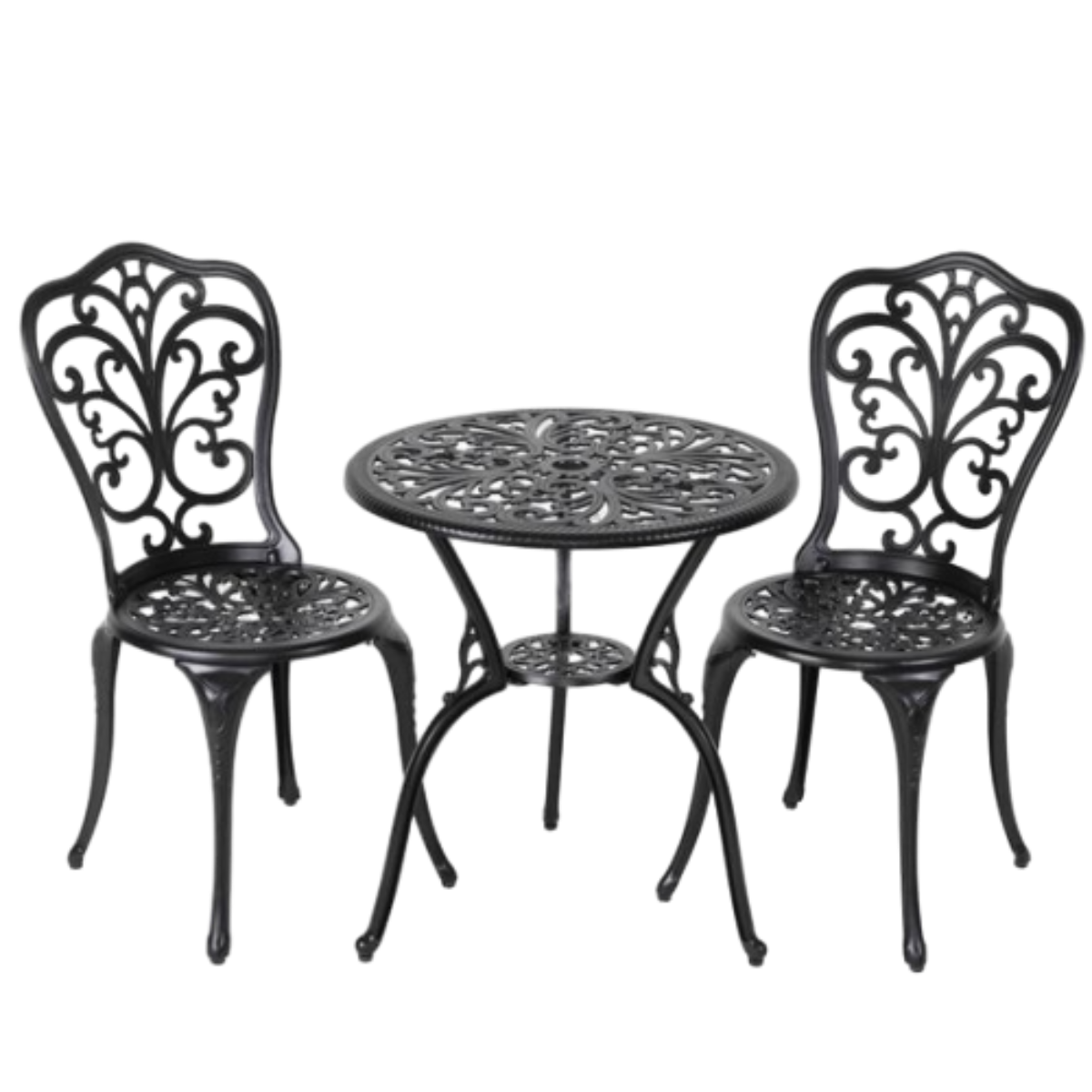ornamental cast iron
Exploring the Beauty and Craftsmanship of Ornamental Cast Iron
Ornamental cast iron is a remarkable testament to both industrial ingenuity and artistic expression. This versatile material, which has been a staple in architecture and design since the 19th century, combines strength with intricate decorative possibilities. Its rich history is interwoven with various cultural influences, making it a fascinating subject to explore.
The origins of ornamental cast iron can be traced back to the Industrial Revolution when advancements in casting technology allowed for more intricate designs. The ability to produce detailed patterns and forms rapidly made cast iron a popular choice for architects and designers. Initially used for functional purposes such as bridges and railings, it soon transitioned into the realm of decorative arts.
One of the most iconic uses of ornamental cast iron is in the creation of railings, gates, and balconies. These structures not only provide security and safety but also enhance the allure of buildings with their artistry. Elaborate scrollwork, floral motifs, and geometric shapes are commonly found in these designs, reflecting the artistic styles of their time, such as Victorian or Art Nouveau. Each piece often tells a story, marrying functionality with artistry to create visually stunning architectural elements.
ornamental cast iron

Moreover, ornamental cast iron is not limited to outdoor applications. It is widely used in interior design as well. From fireplace surrounds to curtain rods, the material’s durability and aesthetic appeal make it an excellent choice for adding vintage charm to modern spaces. Designers often integrate bespoke cast iron fixtures to create a focal point, showcasing the craftsmanship and detail that goes into each component.
The revival of interest in ornamental cast iron has also been fueled by a growing appreciation for heritage and sustainability in design. Many architects and designers are now seeking to restore and preserve historical cast iron elements rather than replace them with less durable materials. This retro approach not only honors the craftsmanship of the past but also promotes sustainability by reducing waste.
Despite its numerous advantages, working with ornamental cast iron does present challenges. The material can be heavy and requires specialized skills for both casting and installation. Additionally, it is susceptible to rust and corrosion if not properly maintained. However, with proper care and treatment, ornamental cast iron can last for generations, making it a valuable investment for both homeowners and commercial projects.
In conclusion, ornamental cast iron remains an enduring favorite in the world of design and architecture. Its combination of strength, beauty, and intricate craftsmanship captures the imagination of both professionals and enthusiasts. As we move further into an era that values sustainability and heritage, the appreciation for this traditional material is only likely to grow. Whether in the restoration of historical buildings or the design of new ones, ornamental cast iron continues to carve its niche as a symbol of artistic excellence and durability.
-
Wrought Iron Components: Timeless Elegance and Structural StrengthNewsJul.28,2025
-
Window Hardware Essentials: Rollers, Handles, and Locking SolutionsNewsJul.28,2025
-
Small Agricultural Processing Machines: Corn Threshers, Cassava Chippers, Grain Peelers & Chaff CuttersNewsJul.28,2025
-
Sliding Rollers: Smooth, Silent, and Built to LastNewsJul.28,2025
-
Cast Iron Stoves: Timeless Heating with Modern EfficiencyNewsJul.28,2025
-
Cast Iron Pipe and Fitting: Durable, Fire-Resistant Solutions for Plumbing and DrainageNewsJul.28,2025
-
 Wrought Iron Components: Timeless Elegance and Structural StrengthJul-28-2025Wrought Iron Components: Timeless Elegance and Structural Strength
Wrought Iron Components: Timeless Elegance and Structural StrengthJul-28-2025Wrought Iron Components: Timeless Elegance and Structural Strength -
 Window Hardware Essentials: Rollers, Handles, and Locking SolutionsJul-28-2025Window Hardware Essentials: Rollers, Handles, and Locking Solutions
Window Hardware Essentials: Rollers, Handles, and Locking SolutionsJul-28-2025Window Hardware Essentials: Rollers, Handles, and Locking Solutions -
 Small Agricultural Processing Machines: Corn Threshers, Cassava Chippers, Grain Peelers & Chaff CuttersJul-28-2025Small Agricultural Processing Machines: Corn Threshers, Cassava Chippers, Grain Peelers & Chaff Cutters
Small Agricultural Processing Machines: Corn Threshers, Cassava Chippers, Grain Peelers & Chaff CuttersJul-28-2025Small Agricultural Processing Machines: Corn Threshers, Cassava Chippers, Grain Peelers & Chaff Cutters












